Skip to content
All bike tires slowly leak air every day. Even if you’re an occasional rider, and you only take your bike down from the bike rack once a week, the tire pressure will still decrease. Before you ride, you should always check your tires’ PSI and, if needed, inflate them with a floor bike pump or a handheld pump.
On the sidewalls of your tires, you’ll see the manufacturer’s recommended pressure range for PSI (pounds per square inch). Different bike tires have different ranges, and narrow tires need more pressure than wide tires. The recommended PSI for different tires are:
Experienced cyclists can often estimate whether their tires need to be pumped by pinching the tire between their thumb and forefinger. The more accurate way of knowing when your tire should be pumped is by measuring its pressure with a pressure gauge; if the air pressure is measured below the recommended PSI, it’s time to pump.
First pump your bike tire to the middle of the range for the recommended PSI. You also need to take your body weight into account. Tires that bear a heavier rider need more PSI. Weather conditions and terrain also affect how a bike rides, so you’ll need to experiment with different PSIs to feel what’s most comfortable to you.
A Schrader valve is the type of valve you’ll find on car tires, older bike tires and mountain bikes. It consists of a metal pin in the center of a threaded valve, and a rubber cap that’s screwed onto the valve. Most bike pumps like those we reviewed have a dual head to accommodate both Schrader and Presta valves or a single head with an adapter.

A Presta valve is found on road bikes and some mountain bikes. It’s a slender valve with a nut at the top that is loosened and tightened before and after inflation. Almost all new bike pumps have a head with openings for both Schrader and Presta valves, or they have an adapter for switching from Schrader to Presta, like one of our top picks, the Topeak – Road Morph G.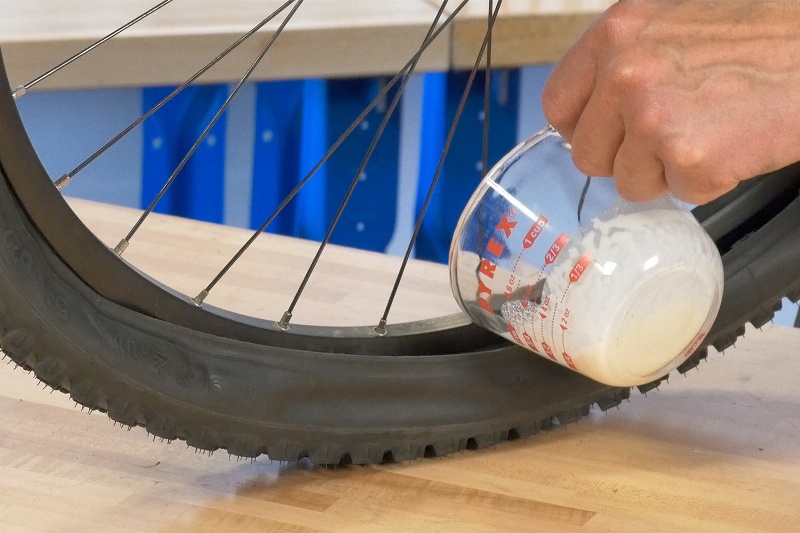
If you’re out riding and your tires need air, you could give them a quick inflate with a CO2 injector, like the one we reviewed. But if you don’t have a CO2 injector in your bag, and you forgot your mini pump, then you can pull into a gas station and inflate your tires there.
If you don’t have a pressure gauge, ask the station attendant for one. Inflate your tires to optimal pressure in short bursts; a gas-station air pump has very high pressure, and you run the risk of popping your tire.
A gas-station air pump will only fit a Schrader valve. But if your tires have Presta valves and you don’t have a Presta valve adapter, there’s still a way to inflate them.
Share this Review
Gene Gerrard, Writer
Gene has written about a wide variety of topics for too many years to count.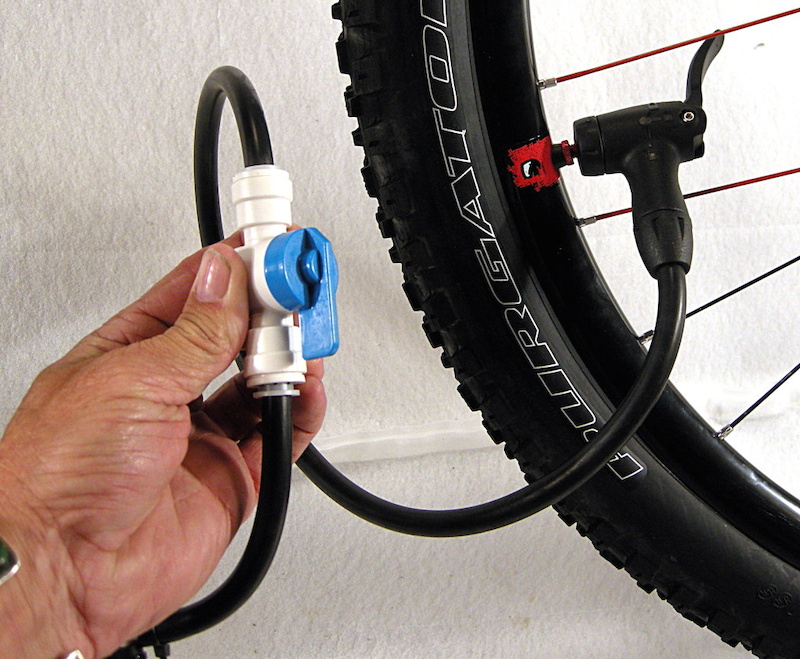 He's been a professional chef, cooking-appliance demonstrator, playwright, director, editor of accountancy and bank-rating books, Houdini expert and dog lover (still is). When he's not writing for Your Best Digs, he's performing as a magician at the Magic Castle in Hollywood.
He's been a professional chef, cooking-appliance demonstrator, playwright, director, editor of accountancy and bank-rating books, Houdini expert and dog lover (still is). When he's not writing for Your Best Digs, he's performing as a magician at the Magic Castle in Hollywood.
Biketoworkday is supported by its audience. When you buy through our links, we may earn an affiliate commission. Learn more
Written by Gary Johnson / Fact checked by Henry Speciale
Cyclists are expected to learn some minor repair and maintenance skills. The most important skill you should know is how to inflate a bike tire. Having a flat tire is a normal scenario among bikers, and learning the skill saves you from visiting a mechanic constantly.
So, how can you inflate a bicycle tire without seeking professional help? Here are the essential tips about inflating a flat bike tire successfully. It includes inspecting your tire valve, preparing the right bike pump, and determining the recommended tire pressure.
To know more, read on and learn from this short guide.
Table of Contents
Before you head out for a ride, checking your bicycle tires is a must. It is a good practice among bikers, especially for long-distance biking. You can avoid having a flat tire on the way to your destination.
So, why do you need to inflate your tires regularly? Check out the following reasons:
1. Enhances tractionTraction ensures that you have a smooth and hassle-free ride. It makes your tires versatile and can be used either for smooth or rough terrains. Aside from the tire pressure, you should also check the tread patterns you see on the bike tire. If it is heavily used, traction will be compromised.
2. Ensures safetyA flat tire can cause serious accidents. If you feel not enough pressure on your bike tire, your cycling performance can be sacrificed. It can also lead to road accidents. A flat tire is not ideal to use in different surface conditions.
It will compromise your bike balance and can not provide a sturdy and stable performance. You will also have difficulty steering with a poorly inflated tire.
3. Provides comfortIf you want to be more comfortable during your rides, ensure that your bicycle tire is perfectly inflated.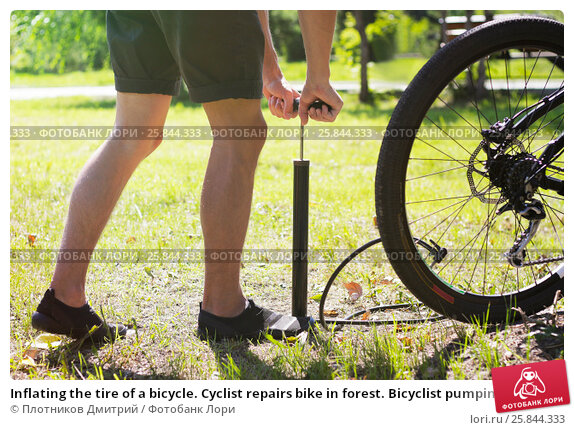 The right pressure in the tire gives you comfort when riding. You can ride on the bicycle smoothly and confidently with the correct pressure.
The right pressure in the tire gives you comfort when riding. You can ride on the bicycle smoothly and confidently with the correct pressure.
A poorly inflated tire is a major reason you get flats during a ride. It would be really frustrating to encounter a flat tire, especially when you are in the middle of your long-distance ride. Thus, it is important to always check your tires before going out for a ride. Therefore, if you have a flat bike tire, please check out this guide for more steps to fix it.
5. Bad performanceBad tires mean bad cycling performance. If your tire is poorly inflated, the responsiveness of your bicycle wheels will greatly be reduced. As a result, you cannot maximize the function of your bike on the road.
Ways to Inflate a Bike Tire1. Determine the type of valve your tire hasThe first step in this process is to know what kind of valve your bicycle tire has.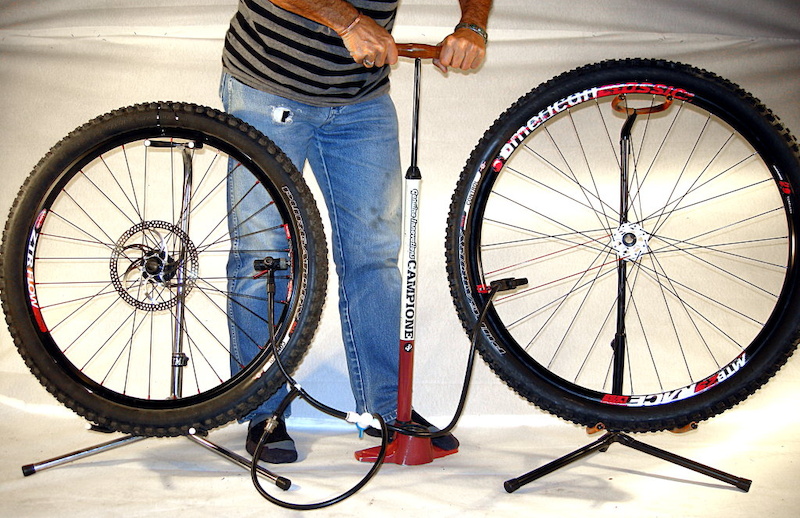 There are several kinds of valves available in the market today. These valves require a specific bike pump or an adapter before inflating.
There are several kinds of valves available in the market today. These valves require a specific bike pump or an adapter before inflating.
You should look at the valve initially and check what kind of pump it needs. For your reference, here is the most widely used tire valve currently:
Schrader valves – this kind of valve is thick and usually used for bicycles with wide tires. The Schrader valve is almost the same as the valves found in cars. They are user-friendly and compatible with most bicycle pumps.
Schrader valves normally have hollow tubes along with a spring valve. You will also see a pin at the top of the valve controlling the air pressure coming out from the tire. It comes with a dust cap that does not require manual removal. The dust cap prevents dirt and debris from penetrating through your bike tire.
Presta valves – the Presta valve is an uncommon type. It is ideal for thin and narrow tires like those in 700cc wheels. It is a more complicated version of the valve because you need to unscrew the top of the valve before you can begin to pump the bike tire.
It is ideal for thin and narrow tires like those in 700cc wheels. It is a more complicated version of the valve because you need to unscrew the top of the valve before you can begin to pump the bike tire.
Aside from that, a Presta valve requires its own Presta pump or an adapter. This also comes with a nut that needs to be removed to open the valve when you put the air pressure. It is thinner than Schrader valves and more delicate to use.
Woods valve – it is also called the Dunlop or English valve. This type of tire valve is widely used in Asia and Europe. It looks like a bigger Schrader valve that uses the same mechanism similar to a Presta valve.
The next thing you should know is the recommended pressure your bike tire needs.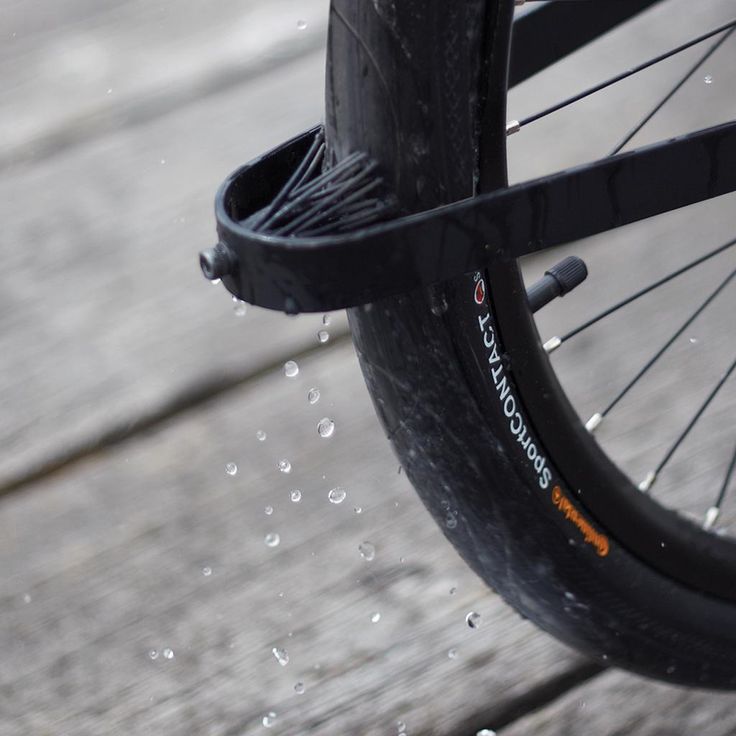 You must look at the tire’s sidewall and check the pressure the tire requires. You can also refer to the tiring manual to see the manufacturer’s suggestion. Ensure that you do not go below or above the recommended tire pressure.
You must look at the tire’s sidewall and check the pressure the tire requires. You can also refer to the tiring manual to see the manufacturer’s suggestion. Ensure that you do not go below or above the recommended tire pressure.
Prepare your bike pump and put air in the bicycle tires. For a specific valve type, the process varies, too. Check out the procedure below:
Schrader valve
 Continue filling bike tires with air until you achieve the tire pressure recommended by the manufacturer.
Continue filling bike tires with air until you achieve the tire pressure recommended by the manufacturer.Presta valve
This valve is a little more complicated compared to the Schrader valve. Remember, you need to get the correct bike pump or use an adapter for this process.
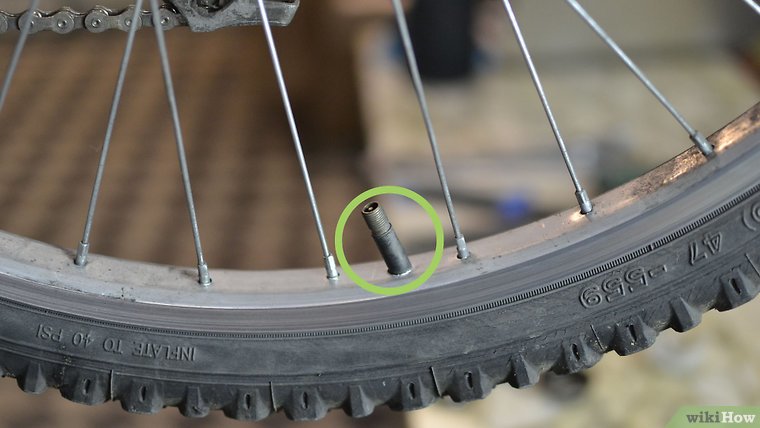
Dunlop valve
This is almost the same process as the Presta valve. You must remove the valve cap first, and loosely screw the valve nut. Expect that upon screwing the cap, the air will automatically come out. After that, you can now pump air in the bike tire to achieve the desired tire pressure.
How to inflate a bike tire is never complicated. You just need the basic knowledge of understanding the tire valve, the correct bike pump, and the recommended tire pressure. You do not need expert skills to be able to inflate your own bicycle tires.
This guide has provided you with fundamental information on how you can inflate a bicycle tire without visiting a bike repair shop. The steps are simple and easy to understand, as well.
Gary Johnson
“I ride my bike to work for years, but is that enough? Our carelessness towards our surroundings has taken a toll on the environment. And now, everyone is responsible for changes; even the most minor contribution is counted. With this hope and spirit, I started with my partner to establish Biketoworkday to help more individuals commute to their work sites on their bikes.”
Hello! My name is Darina, I am an illustrator and graphic designer, I recently got into cycling around the city and now I am writing about my experience in It’s my!bike.
When I was 10 years old, I rode a bike in the country - it was my only and favorite transport to fly through the fields and get to friends, rush out of a scary abandoned house or quickly drive under the oars of an owl in the dark home. Probably like many.
After that, for 12 whole years I hardly used a bicycle (but secretly dreamed of going to the market and to work with a wicker basket and a skirt) - in the center I was scared to ride next to cars, and on the sidewalks it was unbearably slow. Everything changed when I fell in love, and my friend, now husband, gave me a blue road bike and for the first week accompanied me on all my routes - in the morning to work, in the evening for salsa, on weekends to explore the markets and bike paths, because I was the only one it's so scary to drive next to honking cars! When I got used to it and felt right on the road, just like the driver of the car, I realized that there is no better transport, and now I’m talking about how life changes when you ride a bike (leave for lunch from work in the nearest park, overtake a traffic jam , get Pavlova's posture, improve concentration). In addition, I was so impressed with Copenhagen, which has more bicycles than pigeons, that I would like Russia to be the same. Every day I choose a bike and tell you why.
Everything changed when I fell in love, and my friend, now husband, gave me a blue road bike and for the first week accompanied me on all my routes - in the morning to work, in the evening for salsa, on weekends to explore the markets and bike paths, because I was the only one it's so scary to drive next to honking cars! When I got used to it and felt right on the road, just like the driver of the car, I realized that there is no better transport, and now I’m talking about how life changes when you ride a bike (leave for lunch from work in the nearest park, overtake a traffic jam , get Pavlova's posture, improve concentration). In addition, I was so impressed with Copenhagen, which has more bicycles than pigeons, that I would like Russia to be the same. Every day I choose a bike and tell you why.
When I ride my bike, it rarely happens that the wheels are flat and I need to pump them up: every morning I go out with a pump to the yard where my bike lives and check the elasticity of the wheels.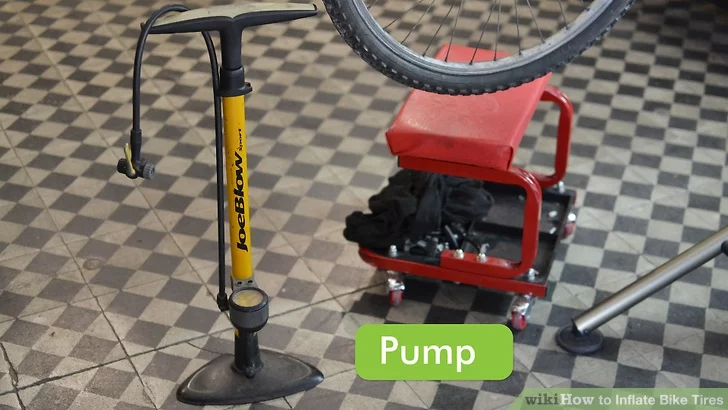 I check them ingenuously - I feel the tire around the entire circumference and if somewhere it bends, then it needs to be brought into tone.
I check them ingenuously - I feel the tire around the entire circumference and if somewhere it bends, then it needs to be brought into tone.
Inflating a wheel with a hand pump is not difficult, and even mischievous - you immediately remember how in the country before you drive away for the whole day you quickly pump up your bike and fly out of the yard on it like a bullet.
I do like this:
I scroll the wheel so that the nipple (the same process on the wheel) is on the side. Almost all modern pumps have two holes - a larger one and a smaller one for two types of nipples, I think you can see which one suits you.
I unscrew the nipple cap, put the pump on it, lower the pump lever down and fill the tire with air (almost morning exercises are obtained, especially if you pump not only with your hands, but with your whole body weight). Now snap the lever back, remove the pump and screw the cap on the nipple. Finally, you can go about your business.
I try to find a balance in this matter - if I don’t pump it up, then it’s hard to drive, and I’m angry that the wheel is almost dragging on the asphalt, I have to put a lot of effort, and the wheel is worn out. If you pump over, then the tire may burst from the glass that comes across or when jumping onto the curb. There is no ideal recipe, as in happiness, with inflating the wheels, but the maximum to which tires can be inflated is written on the side of the wheels. Most pumps have a pressure gauge and it is better to choose a pump with one, because there you will see exactly how much more you need to pump up the wheel for an easy ride.
| | |
| Gauge pumps are available on the It’s my!bike website | |
If you don’t carry a pump with you, like me, and the tire has flattened, then you can always ask a passing cyclist for a pump, after all, the amateur community led one of the friendliest in the world, or go to a car repair shop where you will pump up a flat tire.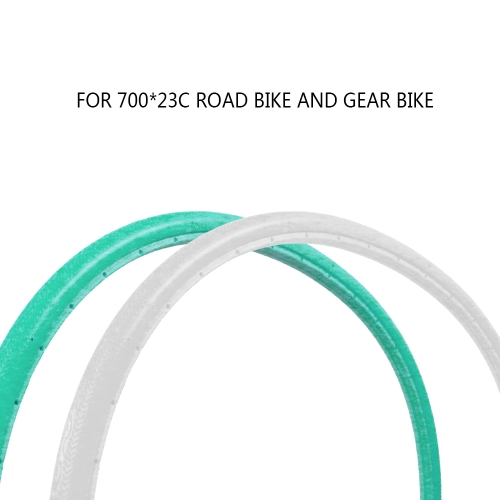 It’s even more interesting to visit a bike workshop/bike shop, for example, it’s my!bike, if you came to Berthold by bike in St. Petersburg or to the swing at Mayakovskaya in Moscow. Easy road and strong wheels!
It’s even more interesting to visit a bike workshop/bike shop, for example, it’s my!bike, if you came to Berthold by bike in St. Petersburg or to the swing at Mayakovskaya in Moscow. Easy road and strong wheels!
How to travel with a bicycle by train?
How to choose bike grips
8 places for bicycle breakfasts in Moscow
9 places for bicycle breakfasts in St. Petersburg
10 best bikes for the city 9Top
Contents
Flat tires do not bode well for the cyclist. The situation must be resolved immediately, otherwise you will have to become a pedestrian for a while. What should be done? That's right, pump up the camera and calmly continue moving. Consider how to pump up a bicycle wheel with a pump, what subtleties are available when using an autocompressor, and whether it is possible to do without a pump.
The situation must be resolved immediately, otherwise you will have to become a pedestrian for a while. What should be done? That's right, pump up the camera and calmly continue moving. Consider how to pump up a bicycle wheel with a pump, what subtleties are available when using an autocompressor, and whether it is possible to do without a pump.
Tire pressure is the main parameter that is responsible for the speed of movement, grip and safety of the cyclist. The average minimum indicator for bicycles is 2 atmospheres. For driving on asphalt, the recommended value is within 3.5 atm., For primers - 2.6 - 2.8 atm.
It is easy and simple to determine the pressure inside the bicycle tube using a pressure gauge - separate or built into the pump:

Another method: feel around the entire circumference of the tire with your fingers. If the rubber does not flex, then you can ride. It should be noted that this method will only give accurate results for thin slicks on road bikes and tires on city bikes.
Consequences of underinflated tyres:
On the contrary, an excess of air in the chambers threatens the following:
Maintaining the recommended pressure will eliminate all these shortcomings and allow you to get the most out of your trips. Below is a table of values depending on the weight of the cyclist:
| Rider weight, kg | Atmospheres/PSI* |
| 50 | 2. 38 – 2.59/35 – 38 38 – 2.59/35 – 38 |
| 77 | 2 .72 – 2.9/40 – 42.6 |
| 90 | 3.6/53 |
| 105 | 3.9/57.5 9004 5 | 4.1/60 |
| 118 | 3.2 - 3.4/47 - 50 |
*1 atm = 14.696 Psi
In general, a bicycle pump is a necessary thing for every cyclist. With the help of this simple device, it will be possible to inflate the wheels on your own, and not roll your bike to a service or gas station.
Hand pumps are divided into two types: simple and with a recording device (pressure gauge). It is recommended to purchase the second option, however, if a separate pressure gauge was lying around in the cabinet, you can buy a cheaper pump.
Universal hand pump with dial gauge
For ease of pumping with a conventional hand pump, you can immediately count the number of air inlets until the optimum pressure is reached and then pump exactly like this, even without additional use of a pressure gauge.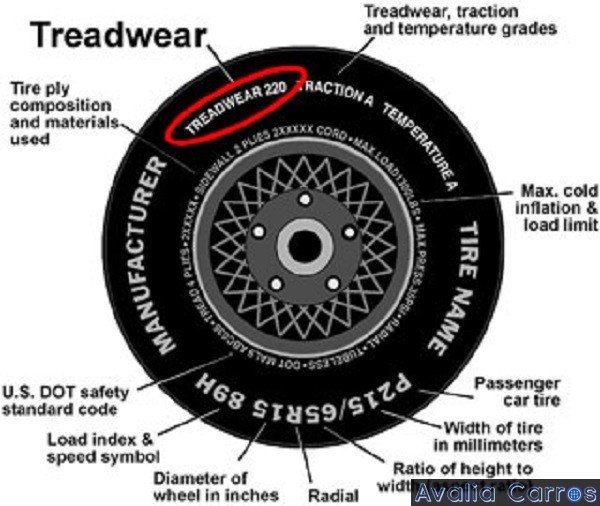
How to fill the chambers correctly:
Pressure tracking:
By the way, the latter will not be superfluous to do with a pressure gauge, since the pressure inside the pump may increase during pumping, but air does not enter the chamber (the valve is not completely closed) or exit through a hole in it.
Common nipples for bicycles are automotive and Dunlop. For thin wheels, a Presta nipple with a valve is used.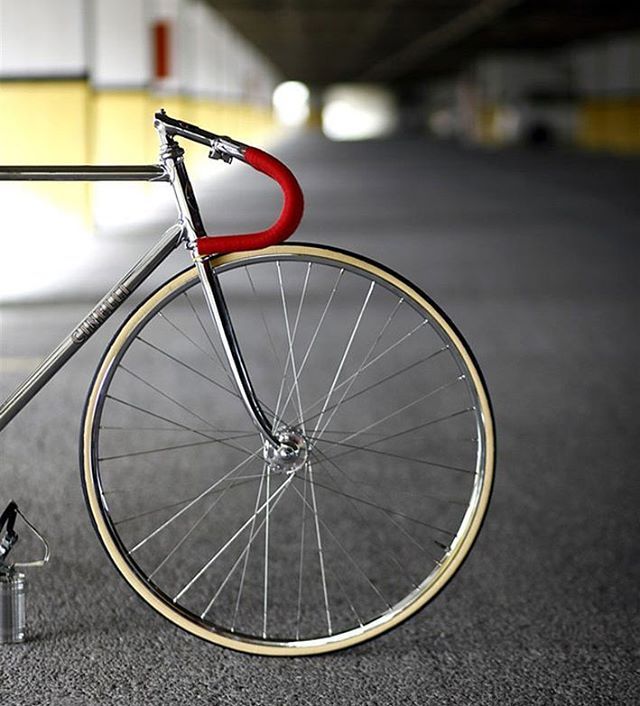 It requires cleanliness and accuracy in handling.
It requires cleanliness and accuracy in handling.
Presta tubes fitted to road bikes and select hybrids
A special small volume pump is matched to it. A regular bike pump may not fit or you may need to use an adapter.
Most bicycles have a "schrader" or car valve. The standard option allows you to inflate tires at gas stations and public bike pumps (of which there are only a few in our cities so far) directly.
How to inflate simple wheels with a car pump:
How to inflate Presta with a compressor at a gas station:
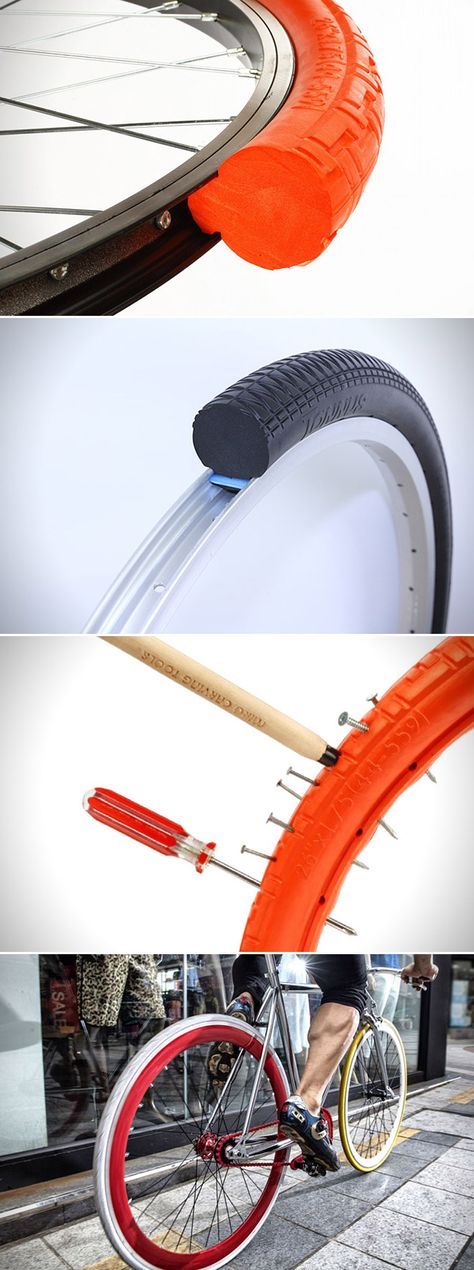
In this case, it is very important to know exactly how many atmospheres it is necessary to let air into the chambers. With increasing pressure, it can quickly burst.
The last option left is Dunlop. It is identical in size to an automobile nipple, but in terms of design features it is similar to the French one (aka Presta). When inflating a wheel, you should follow the rules for a sports analogue.
Is it possible to inflate bicycle inner tubes without a pump? It is unlikely to reach the recommended pressure, since a regular supply of pressurized air is required, but you can reach the minimum values. Let's consider several methods of pumping the chambers, which can be resorted to without using a pump:
Vacuum cleaner.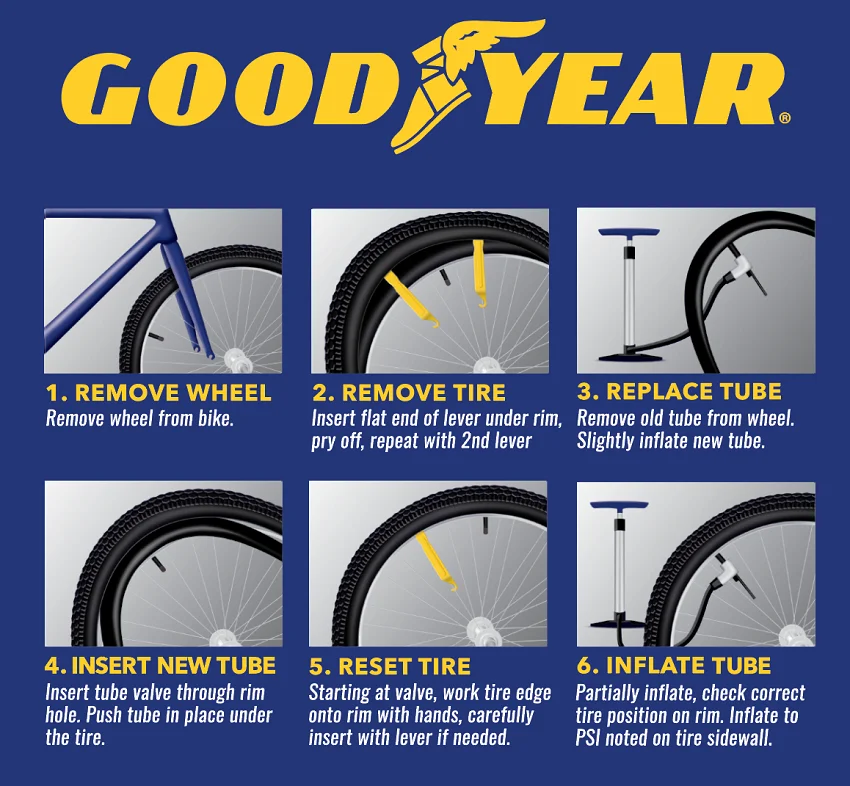 Many models are equipped with a blower mode, when switched to which air is blown out. A thin hose can be used to connect the wheel nipple. The result directly depends on the tightness of the connection between the hose and the nipple. Here you can use rubber pads, clamps and even rags.
Many models are equipped with a blower mode, when switched to which air is blown out. A thin hose can be used to connect the wheel nipple. The result directly depends on the tightness of the connection between the hose and the nipple. Here you can use rubber pads, clamps and even rags.
Bottle pump. You will need two plastic bottles. One of them will serve as a cylinder, the other as a rod. Cut off the bottom of the first bottle and connect its neck through a thin hose to the chamber outlet. Next, insert the second bottle into it and with translational movements pump air through the cylinder into the hose. For tightness, grease the connection of the neck and the hose with sealant or lay a rubber pad. High pressure cannot be created, but it is possible to ride the N-th distance on a bicycle.
Bottle pump schematic: 1 - stem, 2 - cylinder, 3 - cylinder neck, 4 - hose
The third way is to remove the nipple and inflate like a balloon.